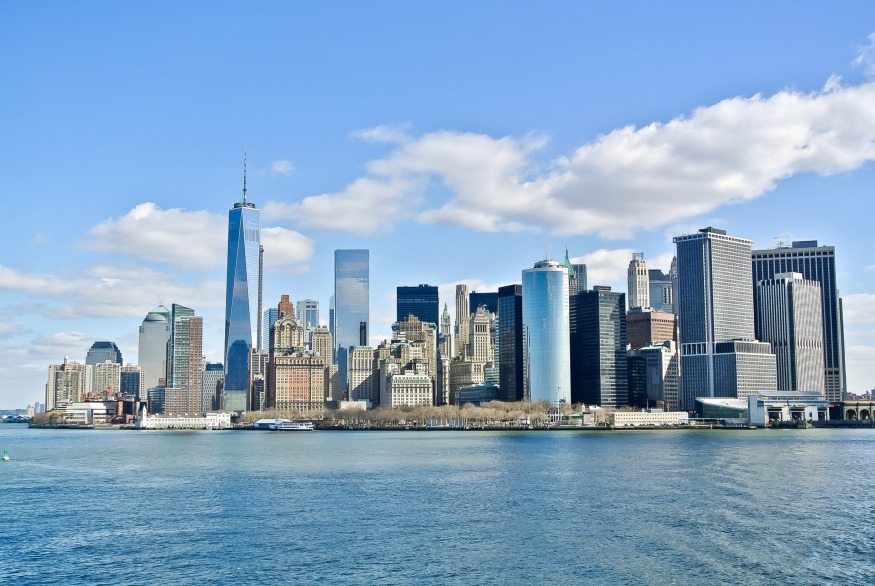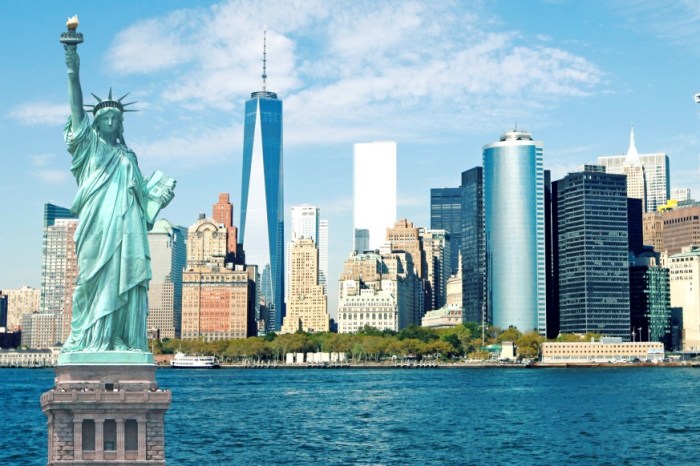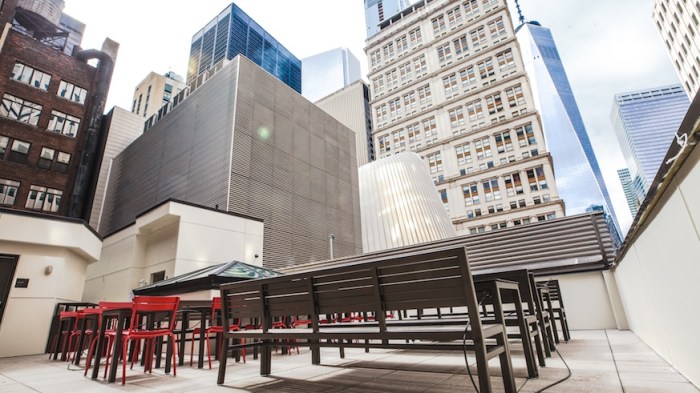It’s been 10 years since the 2008 financial crisis rocked the world. Since then, Lower Manhattan has not only become less Wall Street and more Main Street as record numbers of New Yorkers are moving downtown, its economy is also diversifying.
Lower Manhattan, which is everything below Chambers Street, was once dominated by FIRE (finance, insurance and real estate industries). Today, TAMI — the tech, advertising, media and information sectors — are moving in in droves, Downtown Alliance’s Q3 real estate market report discovered.
FIRE has dropped to 35 percent of occupancy from 55 percent in 2008, while TAMI tripled its share to 15 from 5 percent, the report found. Forty-one percent of tenants at the World Trade Center site alone is in the TAMI sector, and each tower is anchored by such a company.
“It’s amazing that Lower Manhattan has diversified its economy so rapidly in an expanding market,” Downtown Alliance President Jessica Lappin said in a statement. “This kind of shift is more often seen over several decades. But here in Lower Manhattan, we’ve witnessed significant growth in just 10 years and welcomed industries that never were here before. All of that is fueling the vibrant shopping and dining scene.”
Fast facts about post-financial crisis Lower Manhattan

According to Downtown Alliance’s Q3 report:
• In 2008, there were 213,881 private-sector employees in Lower Manhattan. Today, there are 243,805.
• While leasing activity cooled after an above-average Q2, TAMI companies are leading leasing at 35.2 percent of new activity, followed by FIRE at 15.6 percent.
• WeWork is the largest private occupier of space, according Downtown Alliance’s report, with more than 5.3 million square feet overall and a Q3 expansion of more than 75,000 square feet.
• Twenty-seven new retailers opened in Lower Manhattan in Q3, giving the district 1,187 eateries and stores.
• The much-anticipated second New York City location for Alamo Drafthouse is slated to open late next year in the lower level of 28 Liberty Street. The 40,000-square-foot dine-in multiplex will boast 14 screens and a separate bar.



















